In Santiago do Cacém, in the south-west of Portugal the Vincentian Route starts. It offers 400 kilometers of pedestrian paths that will take us through charming villages, impossible cliffs, dreamlike landscapes… As a final point we will reach the cape of San Vicente.
We are going to tour one of the best preserved coastal areas in Europe. We will enjoy Portugal in a very special way away from the big cities of the neighbouring country.
This route along the Vicentina coast is divided into two main routes, the so-called ‘Historical Way’ and the ‘Fishermen’sTrail’ (Trilho dos Pescadores), and eight circular routes. The first one starts in Santiago do Cacém and the second one in Porto Covo, ending both in Cabo de San Vicente (Algarve area).
Which route do I choose in the Vincentian Route?
Depends. Both are routes that we can do but we must bear in mind that one and the other are quite different. If the Historic Route runs through the most inland part of the Alentejo, the Fishermen’s Path does the same with the coastal area, both are included in the Natural Park of Southwest Alentejo and the Vicentina Coast.
Therefore, if our idea is to enjoy the sea, we will choose the second one, and if we want something more rural, the first one. We will also take into account our physical shape, with whom we do the route and several other details that we will find out in this analysis of both routes of the Vincentian Route.
The ‘Camino Histórico’, a simple and highly recommended route.
This route of the Ruta Vicentina is very simple and can be done with the family perfectly, on foot or by bicycle, even on horseback in some sections. It is long, with more than 200 kilometres, and starts in Santiago do Cacém until it reaches Cape São Vicente, divided into twelve stages of between 15 and 25 kilometres each.
It is a pedestrian route that goes through forest tracks, forests, rivers, valleys, beaches and historical villages such as São Luis, Odemira or Porto Covo. In it we will enjoy landscapes in which the hand of man has not made a dent, an exquisite gastronomy and we will find a lot of peace in each of the localities that we visit.
This Historic Route is perfectly signposted, has accommodation along the route and received in 2016 the certificate ‘Leading Quality Trails-Best of Europe’, which meant it became part of the most recommended routes to do in Europe.
What stages are there in the Historic Route?
Santiago do Cacém-Vale Seco (18 Km.)
The poplars of Alentejo, from which cork is extracted, will be our travelling companions on this stretch where the church of Santiago do Cetelém, an obligatory visit for pilgrims on their way to Santiago de Compostela from the Promontorium Sacrum (Cape St. Vincent) from the Middle Ages, will be our starting point.
Vale Seco-Cercal do Alentejo (23 Km.)
The most arid part of our Historical Route takes us through agricultural and rural areas where contrasts are served. If the heat gets too hot, a good stop is Campilhas, a lagoon where you can rest and have a swim.
Cercal do Alentejo-Porto Covo (18 Km.)
Here the Historic Trail meets the Fishermen’s Trail, contrasting the dry inland with the power of the ocean. We will enjoy the biodiversity with the strawberry trees and the more than 150 species of plants that grow along the route.
Cercal do Alentejo-San Luis (21 Km.)
This section is the hardest physically because the climbs will be long and the terrain is uneven. From the hills that we crown we will have beautiful views of the Atlantic and the fields of the area.
San Luis-Odemira (25 Km.)
The water turns everything emerald green in this stretch, the longest of them all. Streams, ponds and Ribeira do Torgal as the star of the route take us to Odemira where the river Mira awaits us.
Odemira-S.Teotónio (19 Km.)
It is a very easy area to walk through, without big slopes, which will surprise us with the possibility of seeing otters in their natural habitat in the river Mira.
S.Teotónio-Odeceixe (17 Km.)
Trekking in pure state by wild paths that will fascinate us. Visiting this area in spring is a delight, its valleys and hills lead us to the Algarve, where we will reconnect with the Fishermen’s Path.
Odeceixe-Aljezur (19,5 Km.)
The so-called coastal highlands will be our path through pastures and farmland where pine and eucalyptus trees will guide us along the way. Perhaps we will see one of Europe’s protected butterflies, the red-waved maiden, in the fields.
Aljezur-Arrifana (12 Km.):
A short stage that starts with a visit to the Castle of Aljezur, one of the seven that appear on the flag of Portugal, and that can lead us to venture to the Trilho dos Pescadores or to visit other surrounding areas.
Arrifana-Carrapateira (24 Km.)
This section is pure Vincentian Route essence. The indomitable ocean, fields where the smells invade us, fauna that appears in every corner… We will pass by Bordeira and there we will see the valley of the river that bears the same name and the estuary where it joins the river Carrapateira, a beautiful photo that we will not forget.
Carrapateira-Vila do Bispo (22 Km.)
Valleys where man has not left his mark will lead us to the beautiful villages of Pedralva and Vilarinha. In this area, amphibians and birds deserve all our attention.
Vila do Bispo-Cabo de San Vicente (14 Km.)
We reach the end of the Camino Histórico with an obligatory stop at the ‘Torre del Aspa’, a viewpoint that will give us a perspective of the brutal walls that make up the cliffs. In Sagres we will see ornithologists and bird lovers flocking to see the autumn migration of birds and seabirds, with more than 5,000 birds of 300 different species. We finish the route in Vale Santo, there is the lighthouse but it was once part of the pilgrimage route to the monastery of San Vicente.
The Trilho dos Pescadores, a demanding but marvellous route
The Fishermen’s Trail, Trilho dos Pescadores in Portuguese, has a more complex and demanding route, which starts in Porto Covo and ends at Cape St. Vincent, running through the Natural Park of Southwest Alentejo and the Costa Vicentina.
This Trilho dos Pescadores consists of more than 120 kilometers, runs along the coast along the paths used by the locals to reach fishing areas and beaches, and is divided into five stages and four circuits that can only be done on foot, as cycling is prohibited.
Not suitable for people with vertigo, as we will go along the coast with vertigo cliffs, and sandy paths, we must take into account that our physical form must be good.
What stages are there in the Trilho dos Pescadores?
Porto Covo-Vilanova de Milfontes (20 Km.)
Empty coves where you can enjoy the solitude and the ocean, the dunes of Ilha do Pessegueiro, Aivados and Malhao or the beach of Milfontes, will make the hard road worth it.
Vilanova de Milfontes-Almograve (15 Km.)
The mouth of the river Mira and Furnas beach are the main attractions of Milfontes, known as the ‘Princess of the Alentejo’. We will enjoy the curious names that the locals give to the rocks that the ocean has sculpted: ‘Pegada do Boi’ (cow’s footprint) or ‘Pedras do Inferno’ (stones of hell), are two of the most unique and we will be accompanied by the swifts that nest in them.
Almograve-Zambujeira do Mar (22 Km.)
Red sand, pine forests, storks nesting on the cliffs, a situation that we can only see here, and fishing villages that maintain the essence of yesteryear is what we will find in this fascinating stretch.
Zambujeira do Mar-Odeceixe (18 Km.)
Alteirinhios, Machados, Carvalhal and Amàlia are beaches that we will find on the way to Azenha do Mar where we will be surprised to find a natural fishing port. From Ponta em Branco we will see the beach of Odeceixe and the rabbits will accompany us letting us see their burrows in some of the dunes.
Odeceixe-Rogil (14,5 Km.)
The Odeceixe windmill, which still works and can be visited, and the wetlands of the river Seixe, are the starting point of this last stage. We will get there by walking through habitats rich in flora and fauna and dunes with shrubs that resist the wind.
What are the circular routes of the Vincentian Route?
For those who don’t want to do long stages, suffer from a physical handicap or simply don’t have the time. The Vincentian Route proposes eight circular routes in which we will discover wonderful natural spaces both coastal and inland along almost 90 kilometres.
These are much shorter than the main stages and always start and finish in the same place. They can be done in half a day or one day and serve to complement and enhance the main stages. They are as follows:
The dunes of Almogarve (8 Km.)
Short route that connects with the Sendero de los Pescadores and in which we will see the agricultural part and the coastal area with the beach of Brejo Largo.
Gardens of San Luis (3,5 Km.)
a nice excursion through the surrounding farms and the gardens and courtyards of this beautiful town.
Troviscais to Mira (11.5 km):
The forests of eucalyptus and cork oaks are companions of this route in which we will reach the river Mira.
Odeceixe Beach (15 Km.)
This route coincides with the route from Odeceixe to Rogil of the Historical Way.
Routes of Santa Clara (10+13Km.)
Two circular routes that have in common the village of Santa Clara. One exits to the east and the other to the west, they can be done individually or together.
From Bordeira to the Sea (6/13,5 Km.)
Another circuit that allows us two tour options. Either through the dune area closer to the ocean or inland towards the hills.
Endiabrada and the hidden lakes (7/16 Km.)
One of the most interesting circular routes that takes us through the Serra de Espinhaço do Cao to discover the inland part surrounding Bordeira.
Carrapateira Hills (13,5 Km.)
Panoramic photographs from the hills, the beaches of Bordeira and Amado, the towns of Vilarinha and Carrapateira, make this circular route a true sensory spectacle.

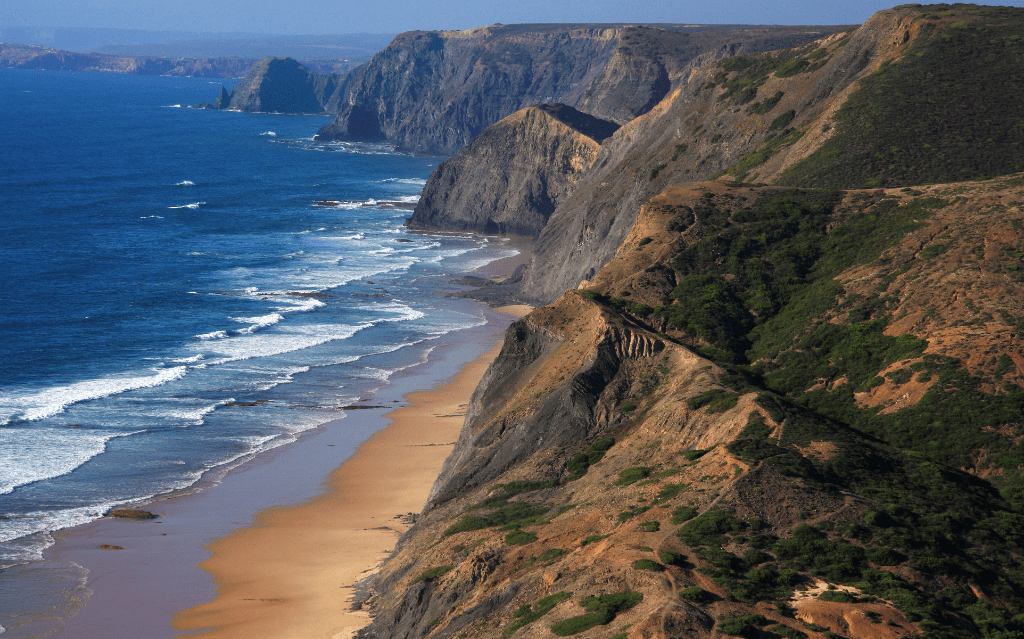
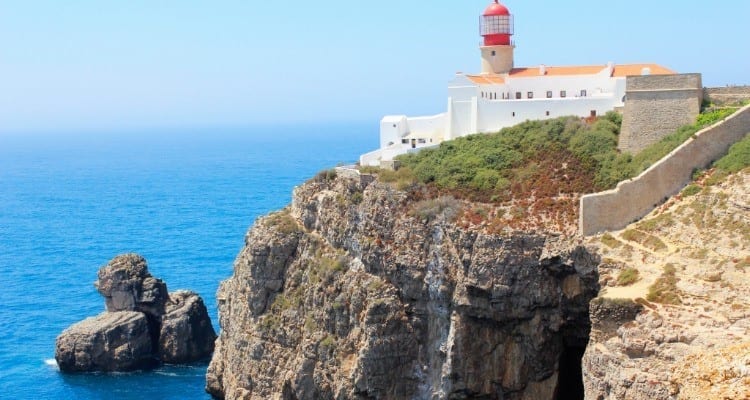
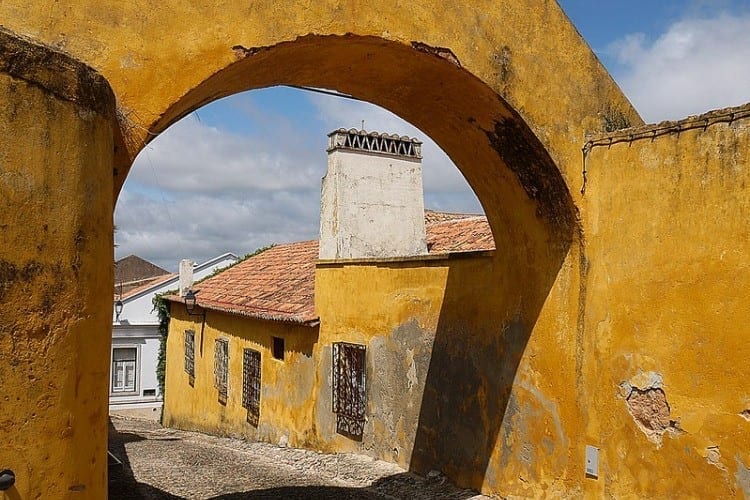
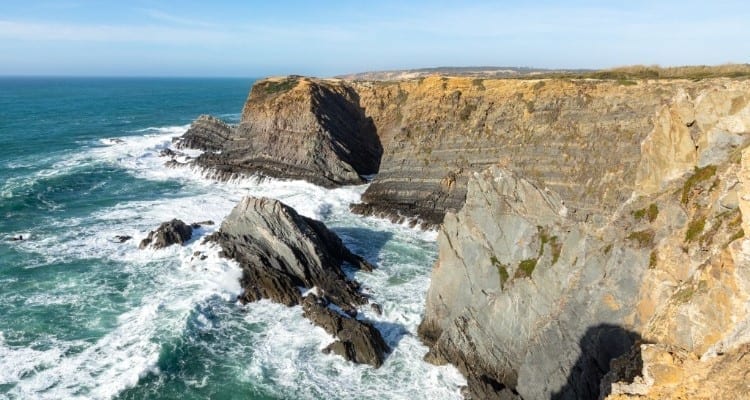
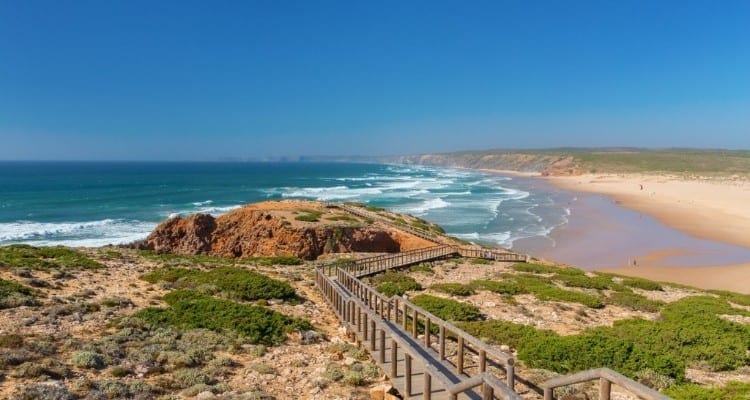
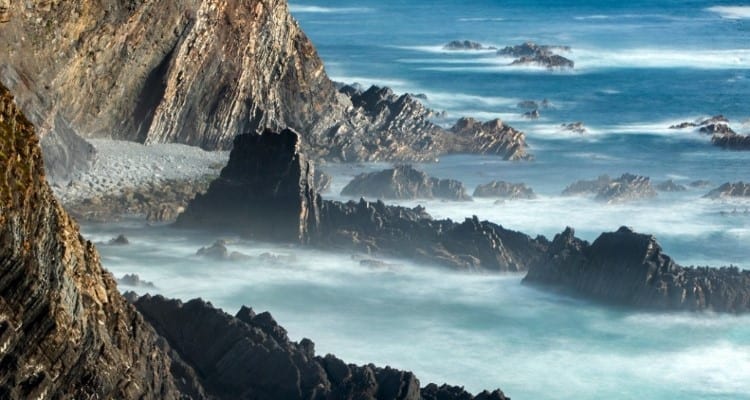
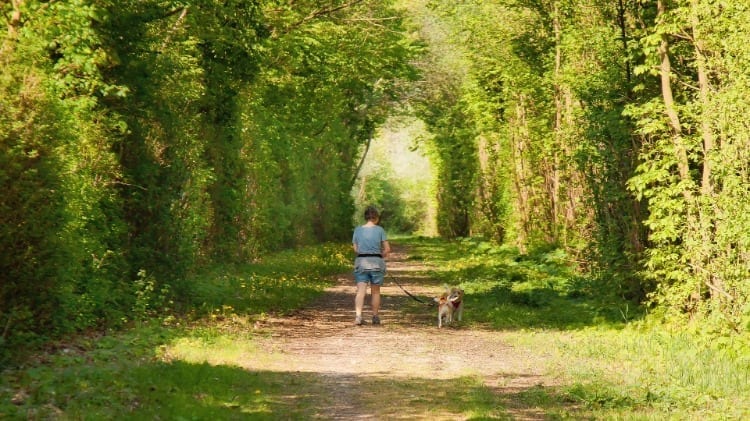


Leave A Comment